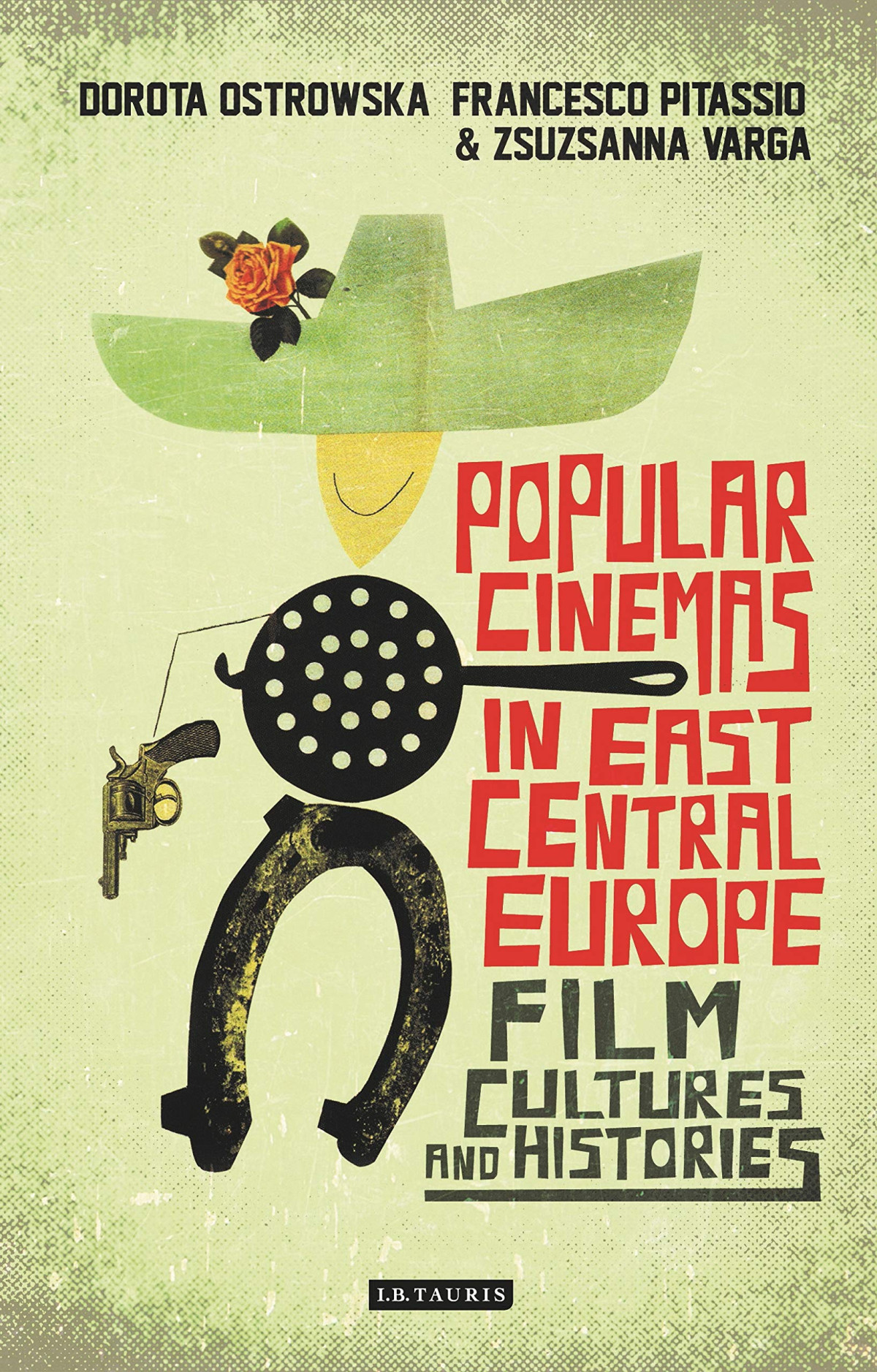

Most ebook files are in PDF format, so you can easily read them using various software such as Foxit Reader or directly on the Google Chrome browser.
Some ebook files are released by publishers in other formats such as .awz, .mobi, .epub, .fb2, etc. You may need to install specific software to read these formats on mobile/PC, such as Calibre.
Please read the tutorial at this link: https://ebookbell.com/faq
We offer FREE conversion to the popular formats you request; however, this may take some time. Therefore, right after payment, please email us, and we will try to provide the service as quickly as possible.
For some exceptional file formats or broken links (if any), please refrain from opening any disputes. Instead, email us first, and we will try to assist within a maximum of 6 hours.
EbookBell Team

4.1
90 reviewsThe continued interest in the social and cultural life of the former Warsaw pact countries - looking at but also beyond their socialist pasts - encompasses a desire to know more about their national cinemas. Yet, despite the increasing consumption of films from these countries - via DVD, VOD platforms and other alternative channels - there is a lack of comprehensive information on this key aspect of visual culture. This important book rectifies the glaring gap and provides both a history and a contemporary account of East Central European cinema in the pre-WW2, socialist, and post-socialist periods. Demonstrating how at different historical moments popular cinema fulfilled various roles, for example in the capacity of nation-building, and adapted to the changing markets of a morphing political landscape, chapters bring together experts in the field for the definitive analysis of mainstream cinema in the region.Celebrating the unique contribution of films from Hungary, the Czech Republic/Czechoslovakia and Poland, from the award-winning Cosy Dens to cult favourite Lemonade Joe, and from 1960s Polish Westerns to Hollywood-influenced Hungarian movies, the book addresses the major themes of popular cinema.
By looking closely at genre, stardom, cinema exhibition, production strategies and the relationship between the popular and the national, it charts the remarkable evolution and transformation of popular cinema over time.